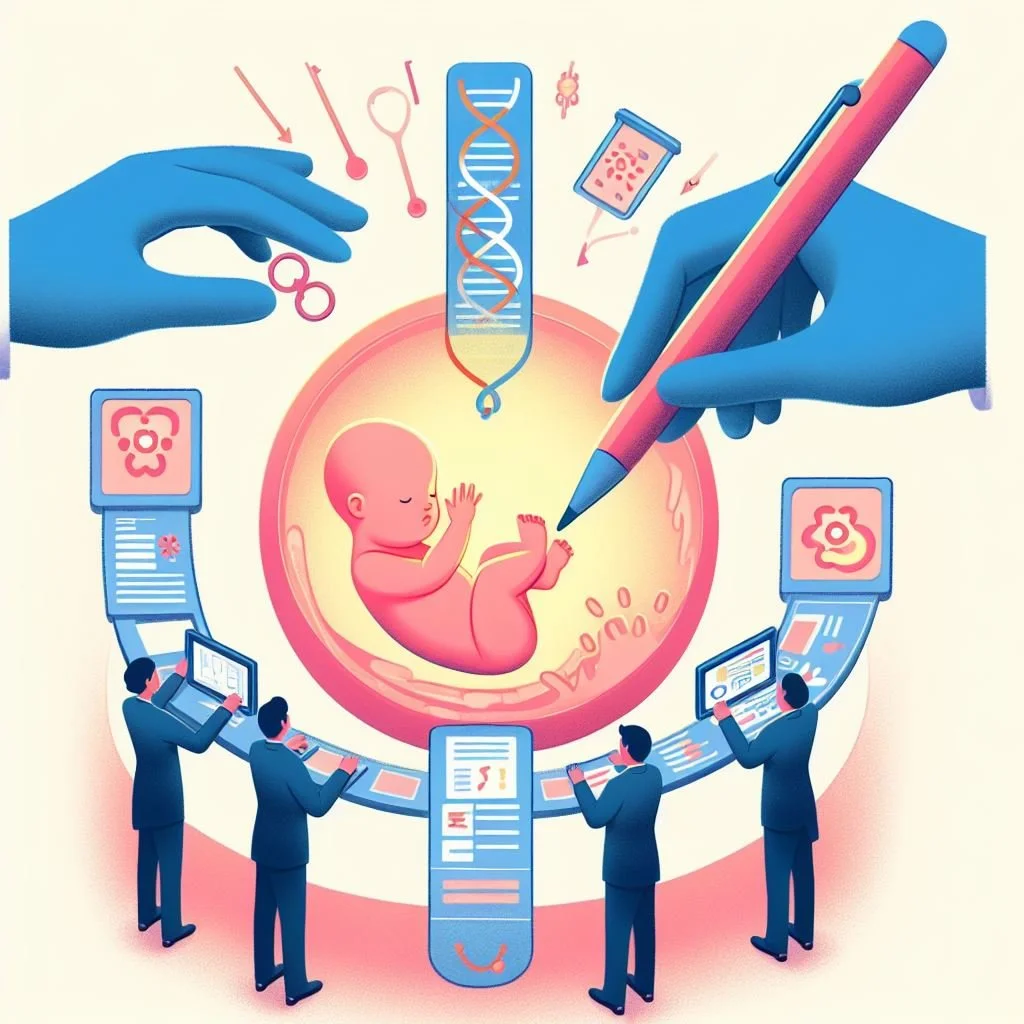Comparing NSF’s “Regional Innovation Engine” and NIH’s "ARPA-H" Programs
The NSF's Regional Innovation Engines (RIE) program, described in the January 29, 2024, Science article "In a big bet on science, the U.S. just created 10 new 'innovation engines,'" shares some fundamental characteristics with the NIH's ARPA-H program (see “ARPA-H and Overcoming Biomedical Research Challenges”).
Both adopt a "network" or "lifecycle" approach to managing, or at least coordinating, how innovative research is translated across separate geographical, organizational, and professional communities into socially beneficial applications.
The NSF RIE program directs its seed funding toward geographic areas that have traditionally been overlooked for research investments. The NIH’s ARPA-H program focuses on explicit support for innovative research that involves high risk, potential failure—and significant benefits down the road, should the funded efforts prove successful.
What unites the two is their explicit support for a "supply chain" model, detailing what needs to happen over time and across traditional organizational boundaries for research applications, and consequently, societal benefits, to eventually materialize.
Asking which program has the better approach might not be the appropriate question. The two programs have different goals. Also, it's too early to determine how quickly successful applications will surface. Additional factors to consider include (1) the number of "failures" that will occur along the way, and (2) the number of surprises or unanticipated consequences that will also arise.
An essential aspect of these programs is that they showcase the federal government's willingness to invest in high-risk "moonshot" types of research that require intelligent management and oversight from start to finish. Consistency, sustainability, and patience in these programs will be crucial to their success.
I hope methods are devised to effectively communicate their significance to the public. American citizens can often be unaware of science and how research transitions to the "dinner table." I hope these programs employ clever and effective communication techniques throughout their duration.
Copyright (c) 2024 by Dennis D. McDonald

































